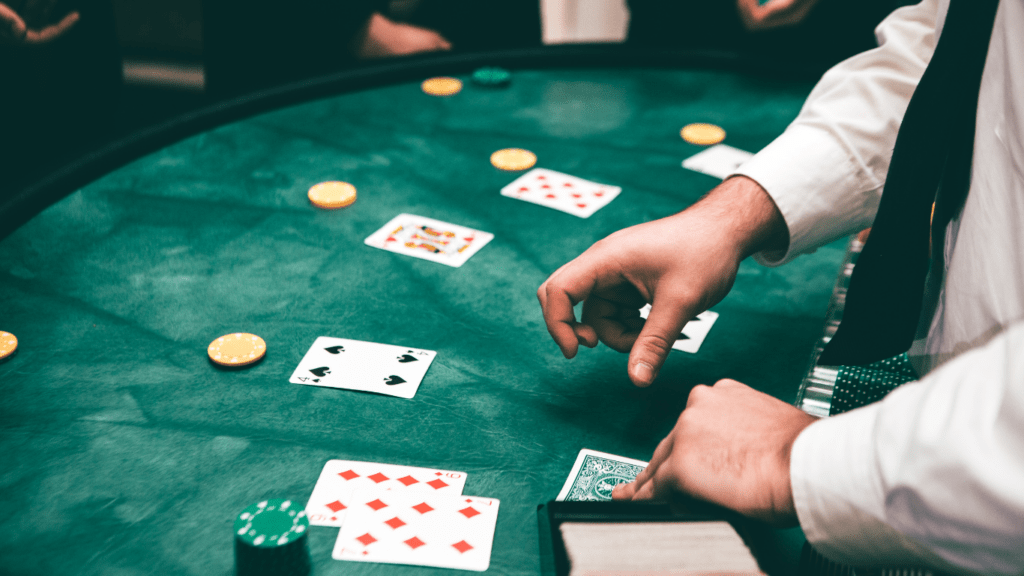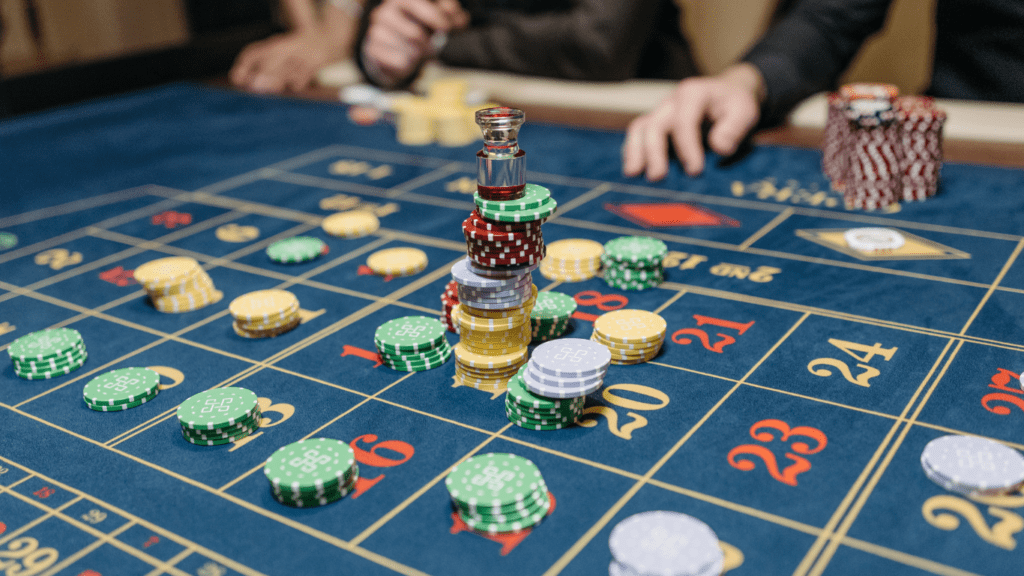Understanding Poker Tactics
Poker tactics involve a mix of probability, psychology, and observation. In any game, reading opponents and predicting their moves is crucial. Sharp observation skills help notice patterns in betting behavior. For instance, a player who frequently raises might have a strong hand or bluffing strategy.
Adaptability is key in poker. Adjusting strategies based on table dynamics and opponent behavior increases the chances of success. If an opponent plays aggressively, a defensive stance can be advantageous. Conversely, aggressive play can exploit cautious opponents.
Bluffing and semi-bluffing are integral poker tactics. Bluffing involves making weaker hands appear stronger through betting, while semi-bluffing uses a hand with potential to improve. Understanding the timing and context of bluffs enhances decision-making at crucial moments.
Mastering poker tactics requires practice and keen observation. Each game offers an opportunity to learn from opponents and refine both strategy and tactics.
Reading Your Opponents
Deciphering an opponent’s intentions in poker boosts your strategic advantage. It requires a keen eye for detail and the ability to process subtle cues.
Analyzing Body Language
- Observing opponents closely generates valuable insights into their potential hands.
- When players exhibit tension by leaning forward, gripping cards tightly, or fidgeting, they often have a strong hand.
- Conversely, relaxed, laid-back postures indicate bluffing or weak hands.
- If someone avoids eye contact while betting, they might be unsure of their hand’s strength.
- Observations must be contextualized within specific game situations for accurate reads.
Interpreting Betting Patterns
- Studying opponents’ betting behaviors reveals consistent patterns over time.
- For instance, a player who bets aggressively early on may have a strong hand, while erratic betting can suggest bluffing.
- If a player consistently checks after the flop but raises on the turn, they might rely on late-stage cards.
- Contextualize patterns by considering factors like table dynamics and individual histories to predict moves.
- Recognizing these patterns helps strategize effectively against different opponents.
Mastering Bluffing Techniques

Bluffing in poker relies on strategic misdirection to gain an advantage. I delve into key aspects of bluffing that can enhance gameplay.
The Art of the Bluff
Bluffing transforms games when executed convincingly. Players signify strength to sow doubt in opponents’ minds. Consistent betting across rounds can suggest a strong hand, inducing folds. Observing betting patterns gives insight into opponents’ comfort levels. For example, abrupt changes in betting speed might reveal hesitance. Timing is equally crucial; a well-timed bluff exploits opponents’ weaknesses.
When to Bluff and When to Fold
Choosing moments to bluff or fold requires keen judgment. Initiate bluffs when opponents show uncertainty or vulnerability. If players bet small on a potentially strong board, a bluff can capitalize on their cautious stance. Conversely, fold if opponents display confident aggression, indicating strong hands. Monitoring table dynamics and player behaviors informs these decisions, making adaptability indispensable in poker tactics.
Positioning Strategy at the Table
Table position plays a crucial role in poker. The position determines the strategic decisions you make and affects the power of your hand during different phases of play.
The Importance of Table Position
- Recognizing the value of your seat at the table is essential.
- Sitting in early positions limits information, requiring cautious and conservative play.
- Middle positions offer a balanced perspective with more insights into the actions of those who acted earlier.
- Late positions, such as the dealer button, provide the most strategic advantage by offering information on all other players’ actions.
- Your position affects bluffing opportunities and dictates when to fold or raise.
- Leveraging this aspect improves your ability to make informed decisions and exploit opponents’ weaknesses.
Adapting Strategy Based on Seat
Adjusting your strategy depending on your seat position can increase your effectiveness. From an early position, prioritize stronger hands and value consistency. In middle positions, widen your range to include more speculative hands while observing opponents’ intentions. Utilize late positions for greater aggression and control, extracting maximum value with stronger hands and bluffing when favorable. These adjustments ensure your strategy aligns with table dynamics and opponent behaviors for optimal results.
Managing Bankroll and Odds
Skillful bankroll management and an understanding of odds create a foundation for long-term success in poker. They empower players to make informed decisions and mitigate risks.
Calculating Odds
Knowing how to calculate odds is crucial in refining poker strategies. Probability influences decisions when considering potential hand outcomes or the pot’s value. To determine pot odds, I compare the size of the pot with what I must bet. For instance, if the pot offers $50 and I need to call a $10 bet, the pot odds are 5:1. Understanding how to convert these odds into probabilities aids in assessing whether pursuing a particular hand is profitable. Evaluating outs, which are the unseen cards that could complete a hand, further enhances decision-making skills. Combining these calculations helps identify situations where odds favor either betting or folding.
Bankroll Management Basics
Managing one’s bankroll effectively is essential to sustaining poker play over time. Setting a specific budget for poker activities ensures that funds aren’t depleted. As a general rule, I allocate around 5% of my total bankroll to a single game, protecting my overall financial stability. Maintaining discipline in stakes selection minimizes the impact of inevitable losses. By adhering to these limits and avoiding high-risk choices beyond my means, I stay in control, allowing for continued participation even during extended losing streaks. This consistency paves the way for achieving long-term profitability.



